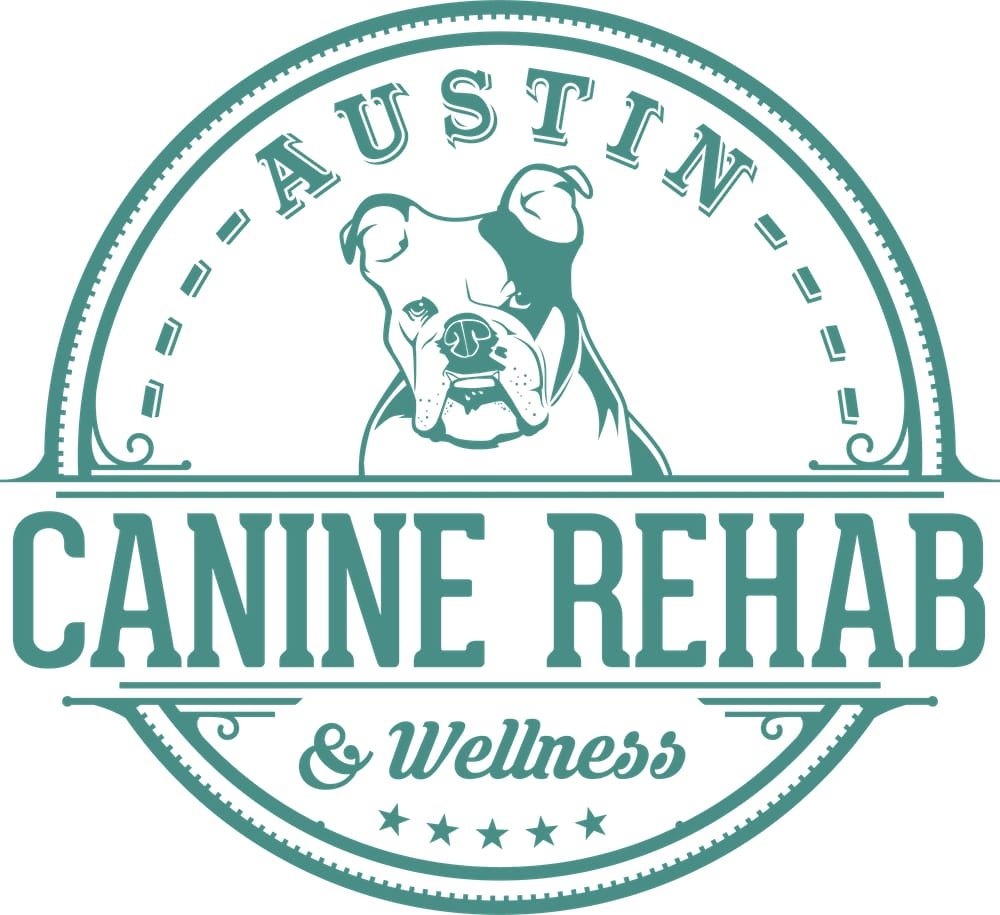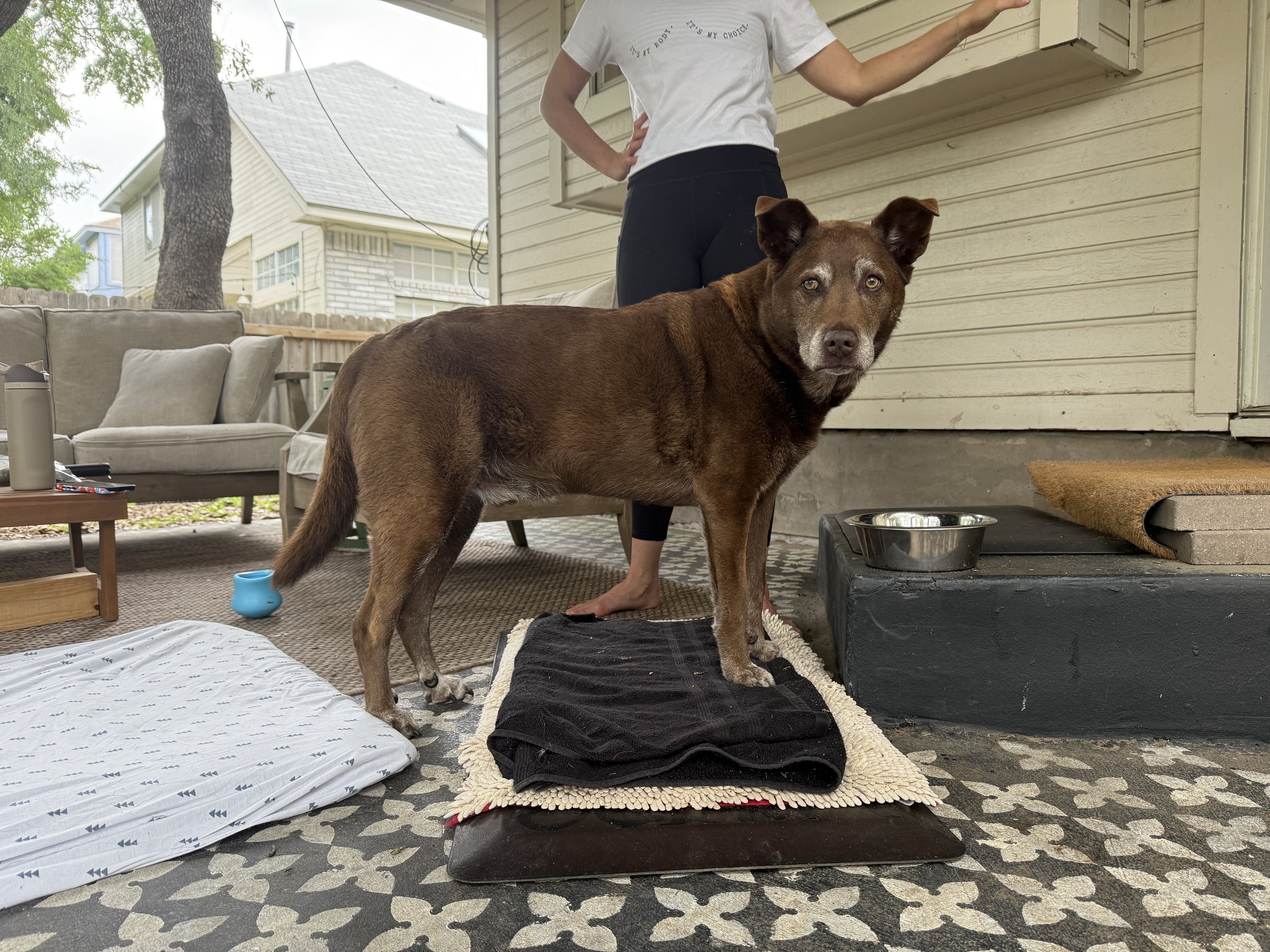Common Dog Behaviors That May Indicate Pain
Dogs never cease to amaze us. Sometimes, they are amazing in the physical feats they can accomplish, or in the engaging personalities they demonstrate.
But not all of the surprises are pleasant. Sometimes, dogs can effectively hide pain from their owners, silently suffering while making it hard for you to tell that anything is wrong. Of course, you wish they could just come out and tell you what hurts, so you could find a way to make it better.
Fortunately, there are some ways to spot signs of pain in dogs, even if they aren’t always obvious. Let’s review some of those signs below so you can know when it’s time to reach out to a professional for pain relief help.
Dogs Don’t Always Cry Out – Why Pain Can Be Hard to Spot
Some dogs instinctively attempt to hide or mask pain. This may be a natural response designed to avoid looking weak or vulnerable. As a result, even when hurting, your dog might not whine, yelp, or even limp as you would expect when they are uncomfortable.
It’s important to understand as a dog owner that a lack of obvious, direct indications of pain doesn’t mean your dog is necessarily okay. They might be hurting but only exhibiting signs and symptoms that have to be watched carefully in order to be noticed. As the person who knows your dog best, it will often be up to you to spot the indicators of trouble first.
For example, if your dog has arthritis, you won’t know that they need targeted care for chronic joint pain until you see some signs of pain and reach out to a vet or rehab therapist for assistance.
Behavioral Changes That Could Signal Pain
When we as humans are in pain, our behaviors often change. The same is true for dogs. A dog could have a dramatically different personality and overall attitude when in pain as opposed to when healthy. Keep these points in mind and watch for them as indicators that something may be going on under the surface.
Increased clinginess.
Your dog may suddenly want to be near you more when in pain. This might be nice at first until you realize that it is driven by an underlying discomfort.
Sudden aggression.
On the other end of the spectrum, some dogs may get aggressive and snap or growl when touched in a painful area.
Avoiding interaction.
When a dog that is normally social and playful starts to retreat to isolation regularly, that’s a likely sign that something is wrong.
Reluctance to be touched.
Depending on the source of the pain, something as simple as petting might start to become rather uncomfortable and unwanted.
Excessive licking of one spot.
Dogs will sometimes try to soothe their pain by repeatedly licking or chewing the spot on their body that is hurting.
Movement and Mobility Red Flags
In addition to behavioral changes, there are also movement and mobility signals that something has gone wrong and needs to be treated.
Limping or favoring one leg.
This is one of the easiest signs of pain to spot for the average dog owner. You know how your dog normally walks, so when something is different, that change will stand out dramatically.
Slower pace on walks.
When you take your dog out for a walk – something you have likely done hundreds or thousands of times – there is a typical pace that you both take. If that pace has slowed suddenly, pain might be the underlying cause.
Reluctant to jump.
Does your dog usually jump up into the car, or into the bed? If the dog doesn’t want to make those jumps any longer, or hesitates before doing it, they might be nursing an injury that is responsible for the change.
Shaking or trembling.
A dog that is in particularly severe pain may start shaking or trembling at various times of the day or night without any other obvious explanation.
Mood and Appetite Shifts
As the years go by and you spend more and more time with your dog at home, you get to know their patterns intimately. You know when they eat, and for how long, and you know their other routines. Any shift in these routines is yet another sign that they could be in pain.
Take note if your dog is eating slower, or refuses to eat much at all. Also, watch for any changes in their sleeping patterns. Pain makes it hard for dogs (or humans) to sleep well at night. There might also be a general sense of depression with your dog as if nothing is exciting or fun anymore. Any or all of these symptoms might wind up being traced back to an injury or another source of pain that needs to be resolved.
Breeds That Tend to Hide Pain More Easily
Breeds that are considered to be “working dogs” tend to push through pain silently rather than letting on to the fact that something is wrong. These breeds include various types of Labs and Shepherds. Any dog can attempt to hide pain, but dogs in these categories tend to be quite good at it and will only show signs of pain after a condition is rather advanced.
When to Seek Help from a Canine Rehab Professional
You should now have a good idea of what to look for when your dog is experiencing pain. If you see any of the signs above, it’s better to make an appointment right away than waiting and hoping the problem will just go away. Waiting to get treatment will not only cause your dog to be uncomfortable for longer, but it may also make the recovery process more challenging.
So, contact Austin Canine Rehab today to get started. We’d love to discuss your dog’s needs and put together a custom treatment plan that will address their pain and build strength for the future. We can provide pain management for aging dogs, as well as care for dogs recovering from an injury or surgery. Give us a call or fill out our form now to learn more.
Frequently Asked Questions
-
Aging tends to happen gradually. If a sudden shift has taken place, that change might be related to specific pain rather than the toll of aging. When you notice a dramatic change in how your dog is moving or behaving, it makes sense to get help from a professional to determine the underlying cause.
-
Yes. It’s absolutely possible for your dog to be experiencing pain without demonstrating a limp. Other signs that point to pain include changes in activity level, overall behavior shifts, or even an adjustment to their usual standing posture.
-
Both of these professionals are important in this situation. Your vet will be able to diagnose and offer treatment for various medical issues, while a rehab therapist can offer non-pharmacological pain management techniques through manual therapy and exercise.
-
Not always. Sudden changes in behavior can be related to pain, but they may also stem from general anxiety, environmental changes, or other factors. Having your pet evaluated by a professional will help you get to the heart of the matter.





